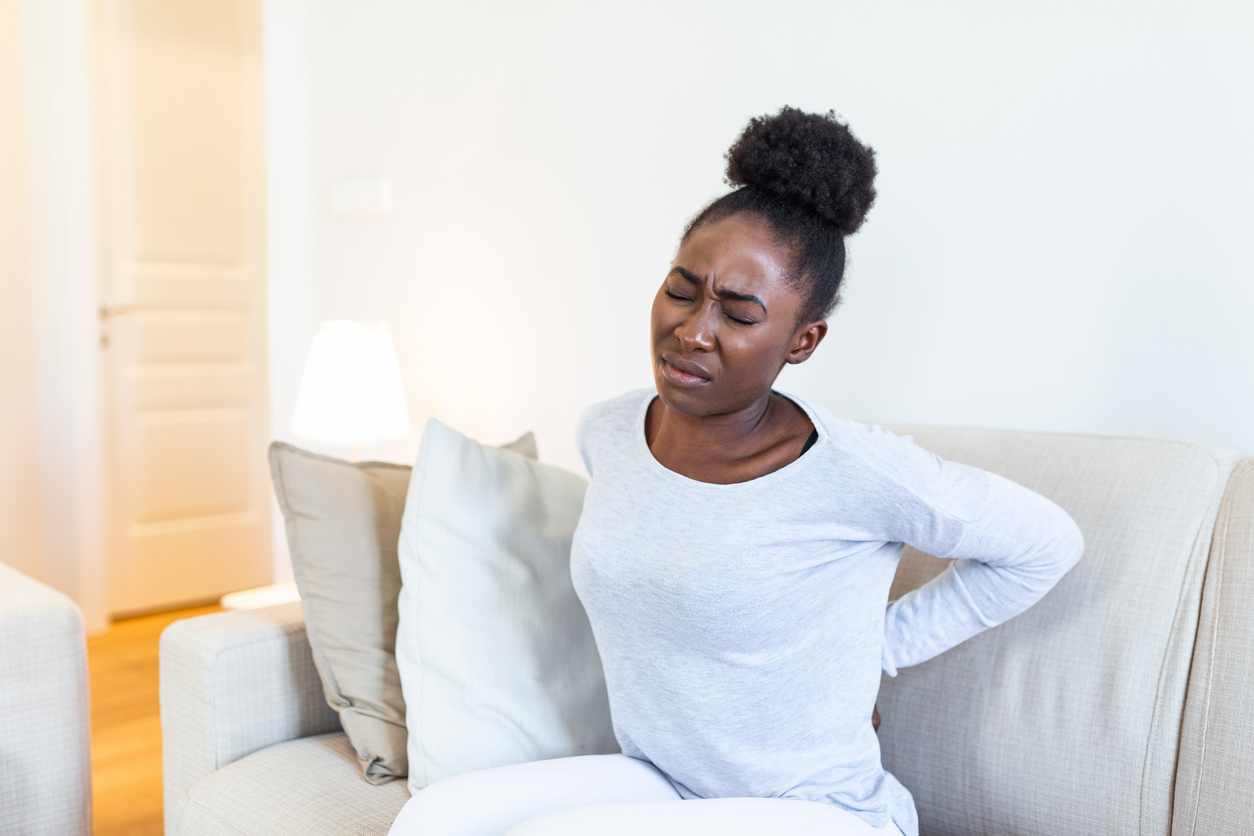The best way to deal with back pain is to stay active and continue doing regular exercise.
The advice given 20 years ago was to rest, but research has shown that inactivity only makes things worse.
Staying active means continuing with regular day-to-day activities to avoid becoming sedentary.
Examples include walking to the shops rather than taking the car, getting off the bus one stop early, gardening and taking the dog for a walk.
If you experience mild pain, you're advised to take a non-steroidal anti-inflammatory drug , such as ibuprofen , available from any pharmacy.
Your pharmacist can advise on which medication is best for you, depending on your personal circumstances.
Get more tips on looking after your back.
Exercises and activities
If your back pain is mild, try to exercise as well as maintaining an active lifestyle. You can do any activity that gives your body a good workout.
When choosing an activity, pick something you enjoy - that way you’re more likely to stick with it.
Ideally, your choice of activities should involve elements of endurance, as well as strength and flexibility.
Examples include walking, running or jogging, cycling, dancing, swimming, hydrotherapy (exercising in water) and aquarobics.
There's some evidence that regular yoga and pilates is beneficial for people with low back pain. For more low-impact exercise ideas, read our guide for managing and preventing back pain.
Aim for at least 150 minutes of exercise a week. You may want to build up to this gradually over several weeks.
You could see your doctor about your back pain to ask if you could get a referral for a group exercise programme.
Manual therapy
Your doctor may suggest combining an exercise programme with a course of manual therapy, such as massage or physiotherapy. Manual therapy is a type of physiotherapy .
Manual therapy is especially helpful if your back is stiff and flexibility is an issue.
Psychological therapy
Your doctor may also suggest a treatment package that combines an exercise programme and manual therapy and a course psychological therapy .
This can help you to understand your thoughts, feelings and actions. You will learn techniques to alter the way you react to and cope with things, such as pain.
Psychological therapy won’t necessarily make your low back pain go away. However, it may make it less intense, and help you get back to work and doing your daily activities.





